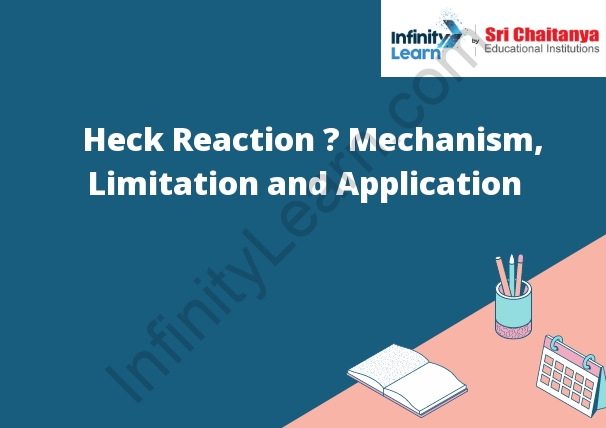Table of Contents
heck-reaction
The Heck reaction is a chemical reaction between an aryl halide and an alkene to form an aryl alkene. The reaction is named for its inventor, Rudolf A. Heck. The Heck reaction is particularly useful for the synthesis of polysubstituted alkene products from simple starting materials.

Palladium Catalyst Pre-activation
Palladium catalyst pre-activation is a technique used to increase the activity of a palladium catalyst. The catalyst is pre-activated by treating it with an activating agent, such as an acid or a base. This increases the number of active sites on the catalyst surface, which increases the reactivity of the catalyst.
Oxidative Addition
In oxidative addition, an atom or molecule is added to an unsaturated molecule by means of an oxidation reaction. This process can be used to add new atoms or groups to an organic molecule, or to add a new functional group to an inorganic molecule.
Olefin Addition Mechanism
The olefin addition mechanism is a process by which an olefin molecule is added to a double bond in an alkene molecule. The olefin molecule is added in the same plane as the alkene molecule, and the two molecules are joined by a new covalent bond. The addition of the olefin molecule results in the formation of a new carbon-carbon double bond.
Elimination of B- Hydride
Since the B-hydride is a strong base, it will be eliminated from the molecule.
Palladium Catalyst Regeneration
The palladium catalyst is regenerated by adding hydrogen gas to the reactor while the temperature is maintained at about 425 degrees Celsius. The hydrogen gas reacts with the palladium catalyst to form palladium hydride, which is then reduced back to palladium.
Stereoselectivity and Regioselectivity
There are two types of selectivity in organic chemistry: stereoselectivity and regioselectivity.
Stereoselectivity is the preferential formation of one stereoisomer over another. For example, if a molecule has two stereocenters, one might prefer to produce one enantiomer over the other.
Regioselectivity is the preferential formation of one functional group over another. For example, if a molecule has two potential alcohol groups, one might prefer to form the alcohol at one position over the other.
Intramolecular Heck Coupling
The Heck reaction is an example of an intramolecular coupling reaction.
Heck Coupling Application
Heck coupling is a type of quick-release coupling which is commonly used in fluid transfer applications. It consists of two cylindrical parts, one male and one female, which are inserted into each other. A lever is then used to pull the two parts together, locking them in place. To release the coupling, the lever is pushed away from the female part, allowing the two parts to be pulled.









